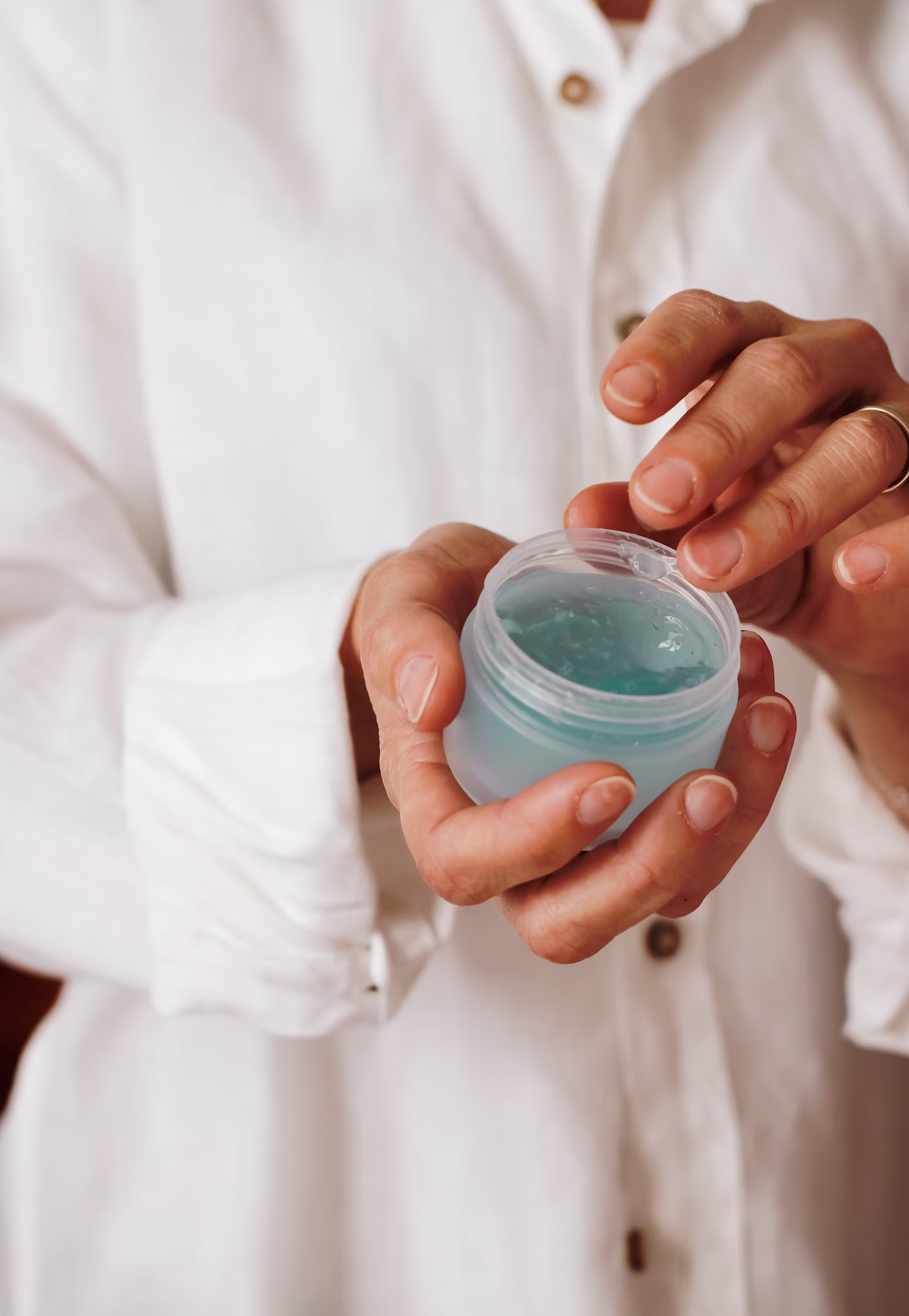
“Forever Chemicals” Hiding in Cosmetics
You may have heard of PFAS – per- and polyfluoroalkyl substances – often dubbed “forever chemicals” because they persist in the environment and our bodies. They’ve gained notoriety due to contaminated drinking water (think Teflon manufacturing or firefighting foam sites). But did you know PFAS have also been found in makeup and personal care products? Industrial toxins in cosmetics might sound like a bad science fiction plot, but it’s reality. A 2021 study shocked consumers by revealing that many waterproof mascaras, long-lasting lipsticks, and foundations contain high levels of fluorine, indicating PFAS. These chemicals can accumulate in our bodies, potentially affecting our health with links to cancers, hormone disruption, immune suppression, and more (source).
In this article, we’ll explain how PFAS end up in beauty products, why they’re problematic, and how you can identify and avoid them. We’ll also highlight the best ways to keep these “forever chemicals” out of your routine, including choosing cleaner products like those championed by Sunborn Organics.
What Are PFAS and Why Are They in Cosmetics?
PFAS (per- and polyfluoroalkyl substances) are a large group of man-made chemicals (over 4,700 of them) characterized by carbon-fluorine bonds – which are incredibly strong. This makes them useful for imparting properties like non-stick, water resistance, and durability. The same qualities make them environmentally persistent – they don’t break down easily, hence “forever chemicals.”
In cosmetics, PFAS can serve several functions:
- Waterproofing and longevity – PFAS chemicals (like PTFE, aka Teflon, or perfluorodecalin) may be added to make a product long-wear or water-resistant. For example, a waterproof mascara or eyeliner that doesn’t smudge likely contains PFAS so it repels moisture and stays put. Similarly, long-lasting lipstick or foundation might use PFAS to create a smooth, durable film on the skin (source).
- Spreadability and feel – Some PFAS are used to improve texture – giving products a silky feel or helping them spread evenly. PTFE (Teflon powder) has been used in some face powders and primers for that gliding, pore-blurring effect.
- Emulsification or stability – A few PFAS might act as emulsifiers or stabilizers in formulations to keep ingredients from separating.
What’s tricky is that PFAS might not be listed on the label. Sometimes they are (if intentionally added, you might see names like polytetrafluoroethylene (PTFE) or perfluorooctyl triethoxysilane). But the 2021 Notre Dame study found many products with high fluorine levels did not list any PFAS on the label.
This suggests that either:
- Companies aren’t disclosing them.
- PFAS are present as unintended impurities or byproducts (from PFAS-treated equipment or packaging).
The study found:
- 56% of foundations and eye products,
- 48% of lip products,
- 47% of mascaras tested had signs of PFAS – and yet, most didn’t list them.
This has raised calls for stricter regulation and labeling. (source)
Health Risks of PFAS: Why You Don’t Want Them on (or in) Your Body
PFAS are concerning for several reasons:
1. Persistence and Bioaccumulation
If you absorb or ingest PFAS, your body struggles to eliminate them. Some have half-lives of several years and can accumulate in blood, liver, and even cross into babies (via cord blood or breast milk) (source).
2. Endocrine Disruption
Certain PFAS have been linked to hormone disruption. For instance, PFOS and PFOA (two phased-out but notorious PFAS) are associated with thyroid hormone disturbances and conditions like polycystic ovarian syndrome (PCOS) (source).
3. Immune Effects
A major concern is that PFAS can impair the immune system. Studies have linked higher PFAS levels to reduced vaccine antibody responses in children (source).
4. Reproductive & Developmental Toxicity
PFAS exposure in pregnancy has been linked to lower birth weight in infants and developmental delays.
5. Cancer Risks
PFAS exposure has been connected to increased risk of kidney and testicular cancer. The EPA has classified PFOA and PFOS as likely human carcinogens (source).
How to Identify PFAS in Beauty Products
1. Read Ingredient Lists
Look for terms like:
- Polytetrafluoroethylene (PTFE)
- Perfluorodecalin
- Perfluorooctane (or -octyl)
- Perfluorobutane
- Any ingredient with “fluoro” or “perfluoro”
If a product lists one of these, it contains PFAS. If no PFAS are listed, it might still contain them as undisclosed impurities.
2. Avoid These Product Categories
- Waterproof mascaras & eyeliners
- Long-wear lipsticks (especially liquid lipsticks)
- 24-hour wear foundations & powders
3. Check Brand Commitments
Some brands have publicly pledged to be PFAS-free. Look for brands that market themselves as “PFAS-free” or have certifications like EWG Verified.
Sunborn Organics: A PFAS-Free Skincare Choice
Sunborn Organics believes that skincare should be 100% free of harmful chemicals. Unlike mainstream lotions and creams, Sunborn’s tallow-based skincare relies on whole-food-grade ingredients – meaning no need for synthetic chemicals like PFAS.
By choosing natural skincare, you eliminate unnecessary exposure to forever chemicals. Clean beauty starts with what you put on your skin, and Sunborn Organics makes it easy to keep your skincare routine as pure as possible.
Conclusion: Keep “Forever Chemicals” Out of Your Beauty Routine
To protect yourself from PFAS:
- Read labels & avoid fluorinated ingredients.
- Opt for PFAS-free brands that have banned these chemicals.
- Avoid waterproof & 24-hour wear makeup unless verified clean.
- Choose safer alternatives like Sunborn Organics for toxin-free skincare.
By making these small changes, you can reduce your PFAS exposure and create a cleaner, healthier beauty routine.




Leave a comment
This site is protected by hCaptcha and the hCaptcha Privacy Policy and Terms of Service apply.